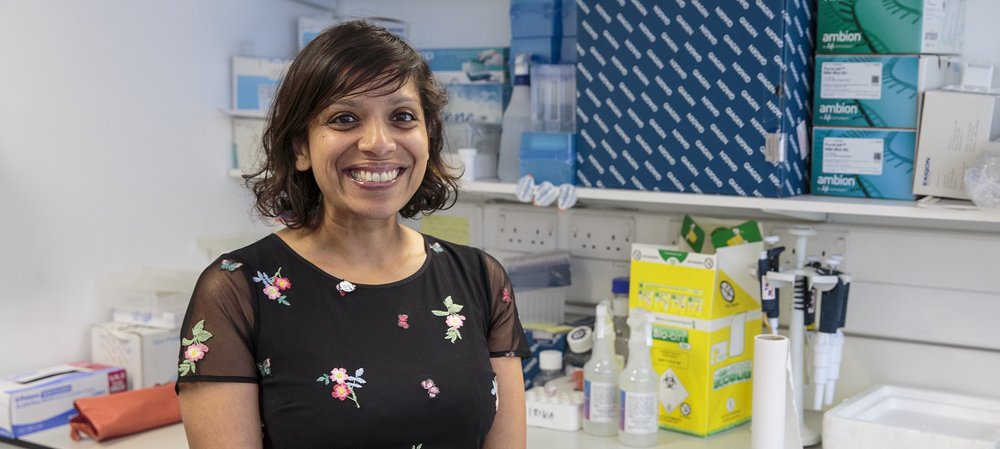
https://www.gosh.nhs.uk/our-research/a-guide-to-research-and-innovation-at-gosh/gene-therapy/
Gene therapy
20 years ago, GOSH pioneered the development of stem cell gene therapy, paving the way for research, clinical trials and gene therapy to become available in the NHS for a number of rare diseases with a genetic cause.
Gene therapy involves altering the genes inside your body's cells to stop or treat disease. For example, it can include adding a working copy of a faulty gene or 'switching off' a gene that causes disease.
The aim is to 'fix' whatever condition is being caused by faulty or missing genes. But it is a tricky science. Early trials of gene therapy appeared to cure the conditions they were targeting but some had the serious side effect of causing leukaemia. Even with this serious potential side effect, some families still chose to have the treatment, but our researchers did not stand still.
History of gene therapy at GOSH
For the last two decades, we have been working with national and international collaborators dedicated to improving gene therapy’s delivery system – the ‘viral vector’. By using different types of virus to deliver the gene therapy, we have treated patients born without an immune system, children with degenerative muscle conditions and children who are losing their sight – all due to genetic conditions – without the risk of leukaemic side effects. Gene therapy research at GOSH is life changing and life–saving.

Dopamine Transporter Deficiency Syndrome (DTDS)
While there are some conditions that we can now treat with gene therapy, others are still waiting while our teams work tirelessly to find a treatment or even a cure.
Professor Manju Kurian (pictured below) discovered a rare condition called Dopamine Transporter Deficiency Syndrome (DTDS) when she was getting her PhD. Previously doctors thought it was a form of cerebral palsy but her work showed it was caused by a single faulty gene. Children with DTDS are rarely able to learn to walk or speak. As they grow, they develop ‘parkinsonism’ – so called because of similarities to Parkinson’s Disease. This includes slow movements, involuntary twisting postures of their arms and legs and whole–body stiffness.
There are currently no effective treatments or a cure and most children with DTDS sadly die before reaching adulthood, often from respiratory infections or other complications. But in 2021, using a mix of laboratory tests and animal studies, Professor Kurian, working closely with colleagues at the UCL GOS ICH, was able to cure mice with DTDS. She was also able to use the cutting–edge facilities of the Zayed Centre for Research to grow human brain cells with DTDS – so–called ‘brain in a dish’ – and cure them of the condition. She'll soon be applying to start a clinical trial that will offer hope of a treatment for DTDS and other degenerative brain disorders like it.

